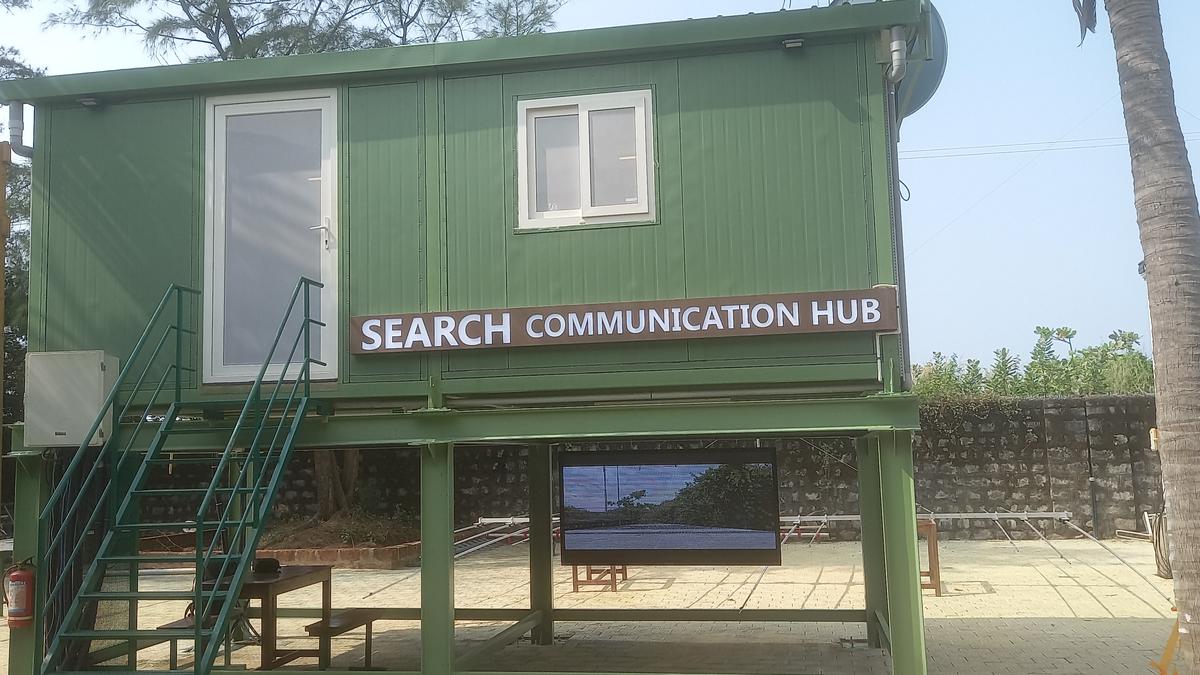
NITK-Surathkal launches new SEARCH facility for emergency search and rescue operations
The Hindu
System for Emergency Assistance, Response, and Communication Hub (SEARCH) facility comprises cutting edge communication devices, and autonomous aerial and marine vehicles. It can be deployed for disaster response, monitoring water and air quality, observing patterns of coastal erosion and accretion, and assessing the health of mangroves.
National Institute of Technology Karnataka (NITK) Surathkal formally launched its new System for Emergency Assistance, Response, and Communication Hub (SEARCH) facility comprising cutting edge communication devices, and autonomous aerial and marine vehicles, on December 11.
“The SEARCH, which is within portable container cabins, can be deployed not just for disaster response but also for monitoring water and air quality, observing patterns of coastal erosion and accretion, and assessing the health of mangroves,” said Pruthviraj U., Project Head of SEARCH and Professor in-charge of Transdisciplinary R&D in NITK.
NITK’s Centre for System Design led the project.
SEARCH was borne out of a need of a temporary transdisciplinary laboratory, close to the beach. The new facility not just provides experiential learning for students, but is also useful to the society at large in times of disaster management and other operations on rivers and sea.
The nerve centre of SEARCH is its communication hub that has cutting edge UHF/VHF/HF radio stations and also satellite communication facility. It has systems to monitor movement of ships and flights in a radius of 400 km (250 miles). The communication hub is connected to autonomously-designed drones (4), two kayaks, a two-seater and a four-seater boat, and a aerial vehicle.
“The new facility is designed in a way that it can moved to any part of the country for operations,” said Manish E.S., junior research fellow from the Centre for System Design.
Mr. Pruthviraj said they have completed Phase 1 of SEARCH. The abilities of SEARCH will be further improved in Phase 2 and Phase 3 of the project.











